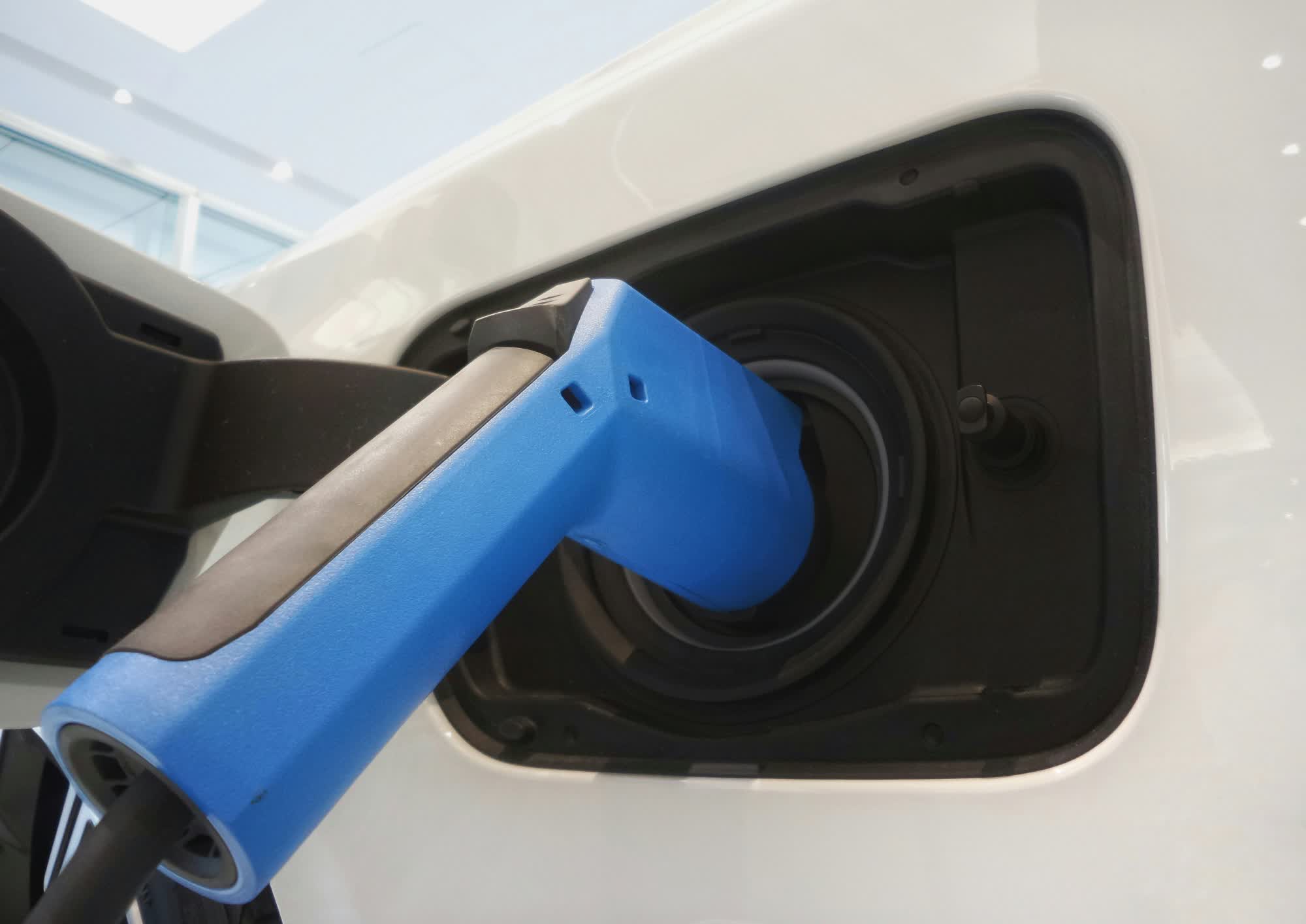Next-gen EV batteries could last decades, researchers show the potential of single-crystal electrode tech | The battery lifespan could be around 20,000 cycles or 8 million kilometers
Forward-looking: Researchers have achieved a breakthrough in extending the lifespan of EV batteries by adopting a single-crystal electrode design. This innovation not only holds the potential to significantly increase the longevity and range of electric vehicles but also paves the way for more seamless integration of renewable energy sources into power grids. The study, funded by Tesla Canada and the Natural Sciences and Engineering Research Council of Canada, was led by Professor Jeff Dahn from Dalhousie University in Halifax, and a team of researchers. Their innovative battery demonstrated exceptional durability, lasting over 20,000 charge-discharge cycles before reaching the industry-standard 80 percent capacity threshold.To put that into perspective, it equates to powering an EV for an extraordinary 8 million kilometers.The research focused on understanding how internal damage and fatigue accumulate in batteries over time and devising methods to prevent these issues, explained Dr. Toby Bond, a senior scientist at the Canadian Light Source. Using the advanced synchrotron light technology at the University of Saskatchewan, the team conducted detailed analyses of the battery's internal structures.The new single-crystal electrode battery was compared to a conventional lithium-ion battery, which typically lasts around 2,400 cycles before hitting the 80 percent capacity mark. With the CLS's ultrabright synchrotron light, researchers were able to study the internal structures of both battery types without disassembling them, ensuring the integrity of the long-cycled cells was maintained.The results were striking. While conventional batteries exhibited extensive microscopic cracking in their electrode material after repeated charging and discharging, the single-crystal electrode battery showed almost no signs of degradation. "In our images, it looked very much like a brand-new cell," said Dr. Toby Bond. "We could almost not tell the difference." // Related StoriesThe key to this durability lies in the structure of the electrode particles. Traditional batteries use electrodes composed of tiny particles made up of smaller crystal clusters. In contrast, the single-crystal electrode is a single, continuous crystal, making it far more resistant to mechanical stress and strain. Bond likened the difference to that between a snowball and an ice cube the latter being much harder to crush.This breakthrough has far-reaching implications for the EV industry and beyond. Current US regulations require EV batteries to maintain at least 80 percent of their original charge capacity after eight years of operation. However, industry experts are pushing for batteries that last decades, enabling "second-life applications" such as grid-scale energy storage for renewable sources like wind and solar.The extended lifespan of these new batteries could outlast other components of electric vehicles, representing a significant milestone in EV technology. "We really need these vehicles to last as long as possible because the longer you drive them, the better its improvement on the carbon footprint is," Bond explained.The research team reports that these advanced batteries are already in commercial production, with their adoption expected to grow significantly in the coming years. "I think work like this just helps underscore how reliable they are, and it should help companies that are manufacturing and using these batteries to plan for the long term," Bond said.


